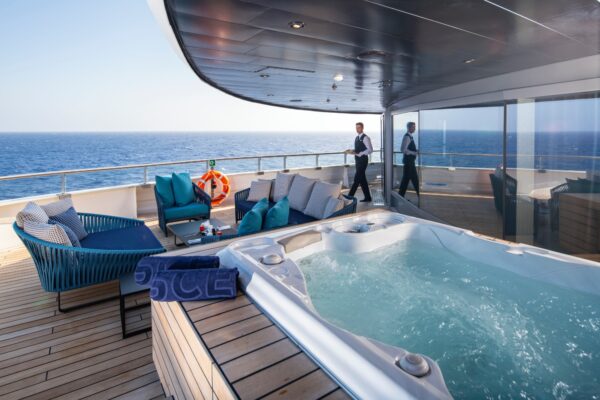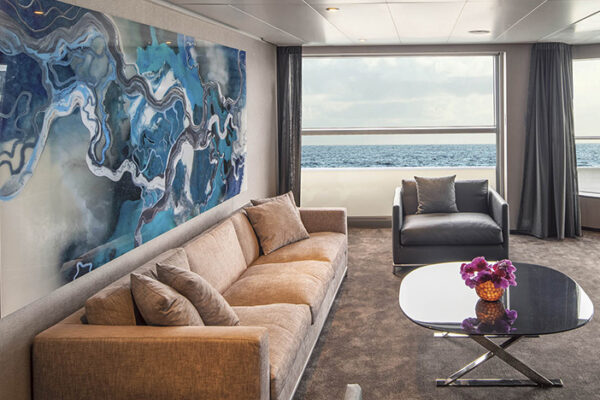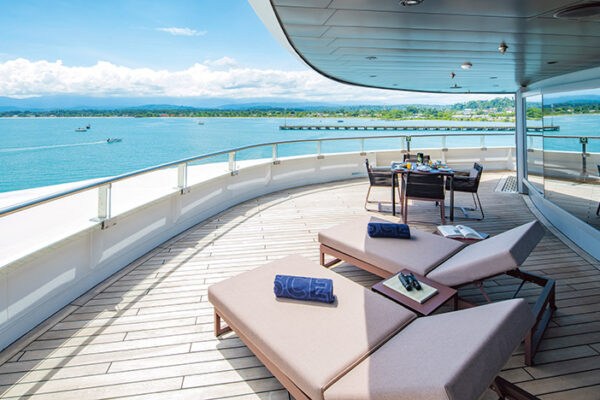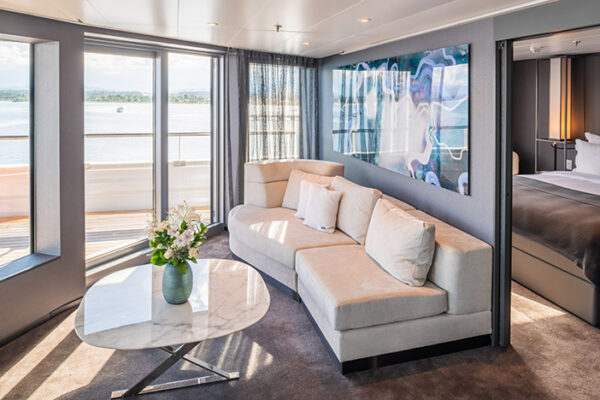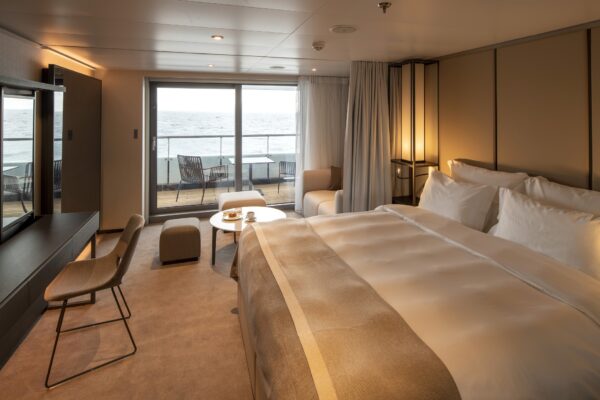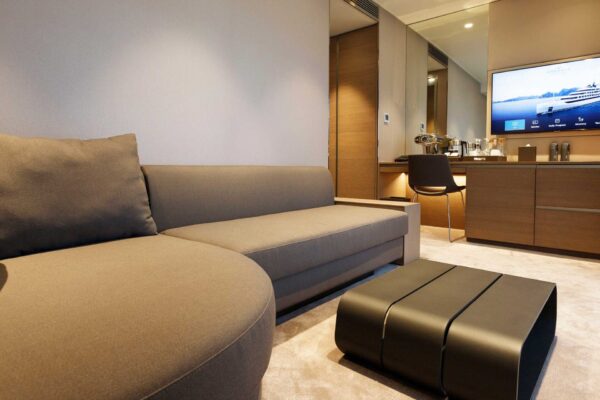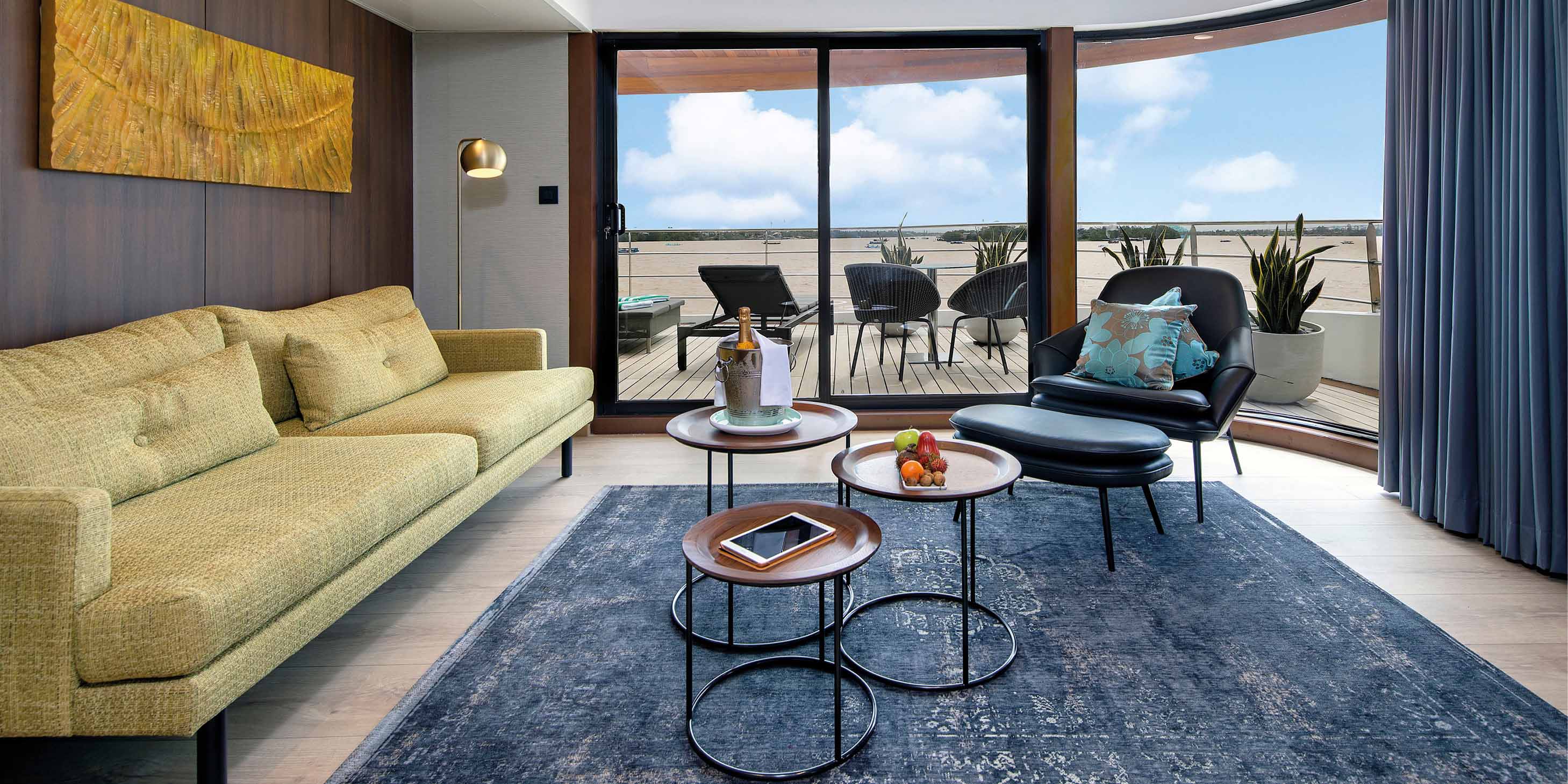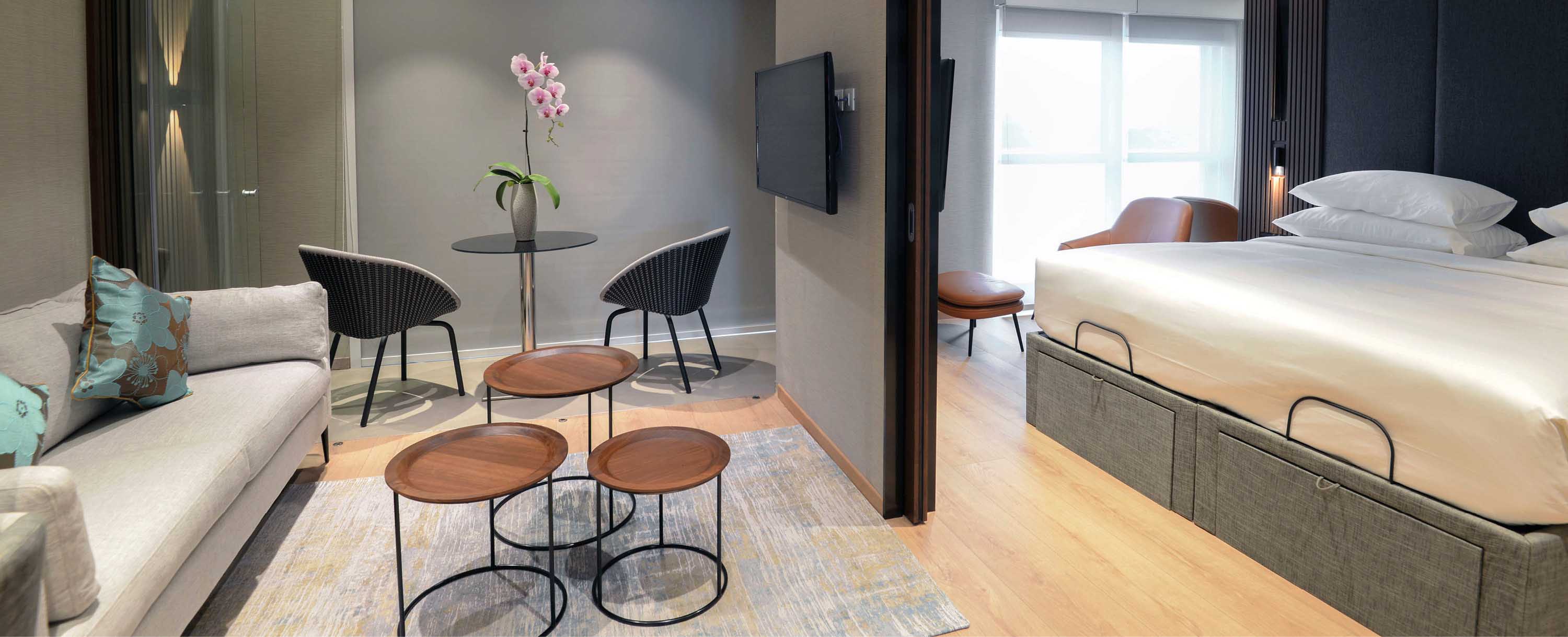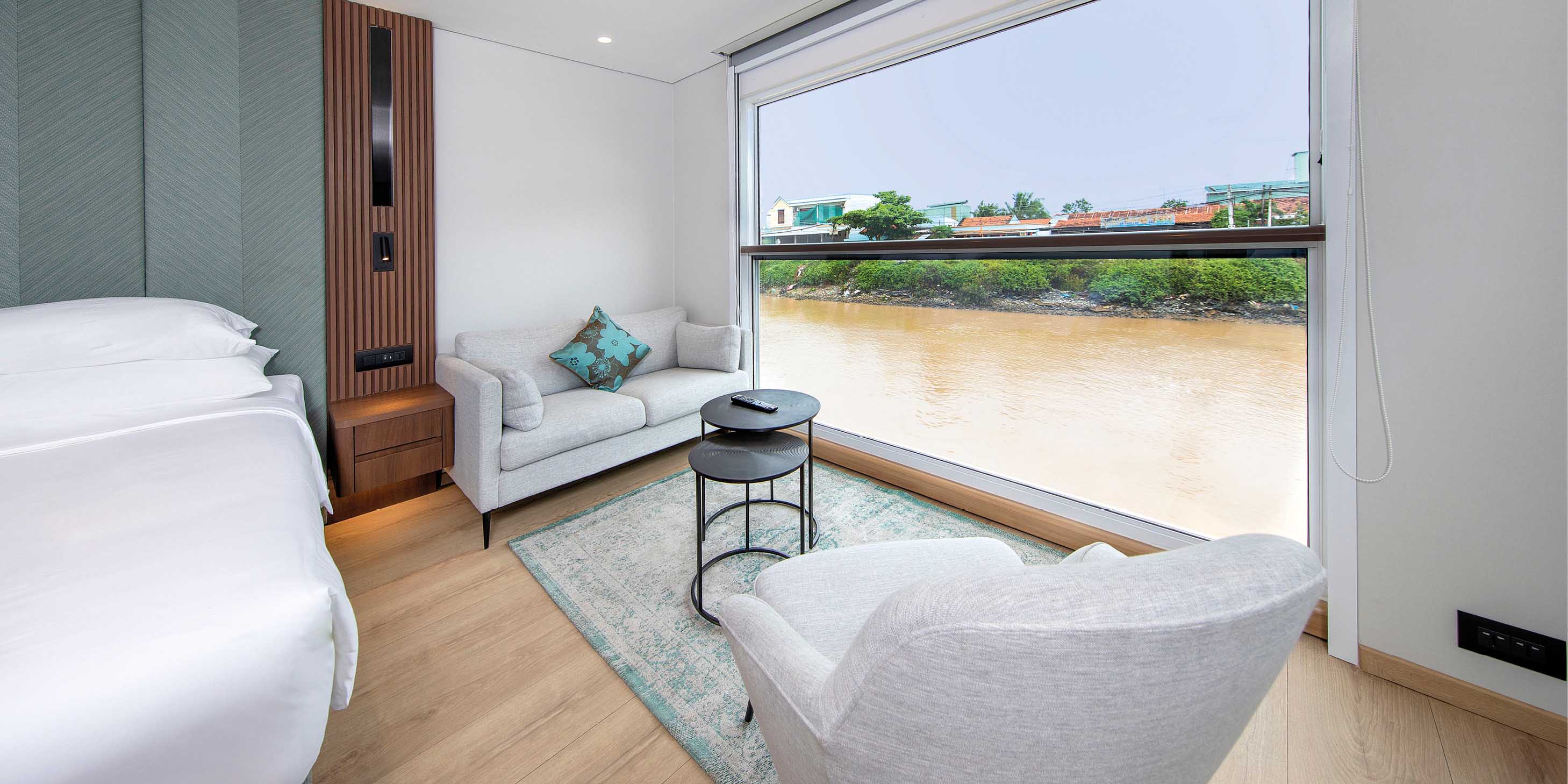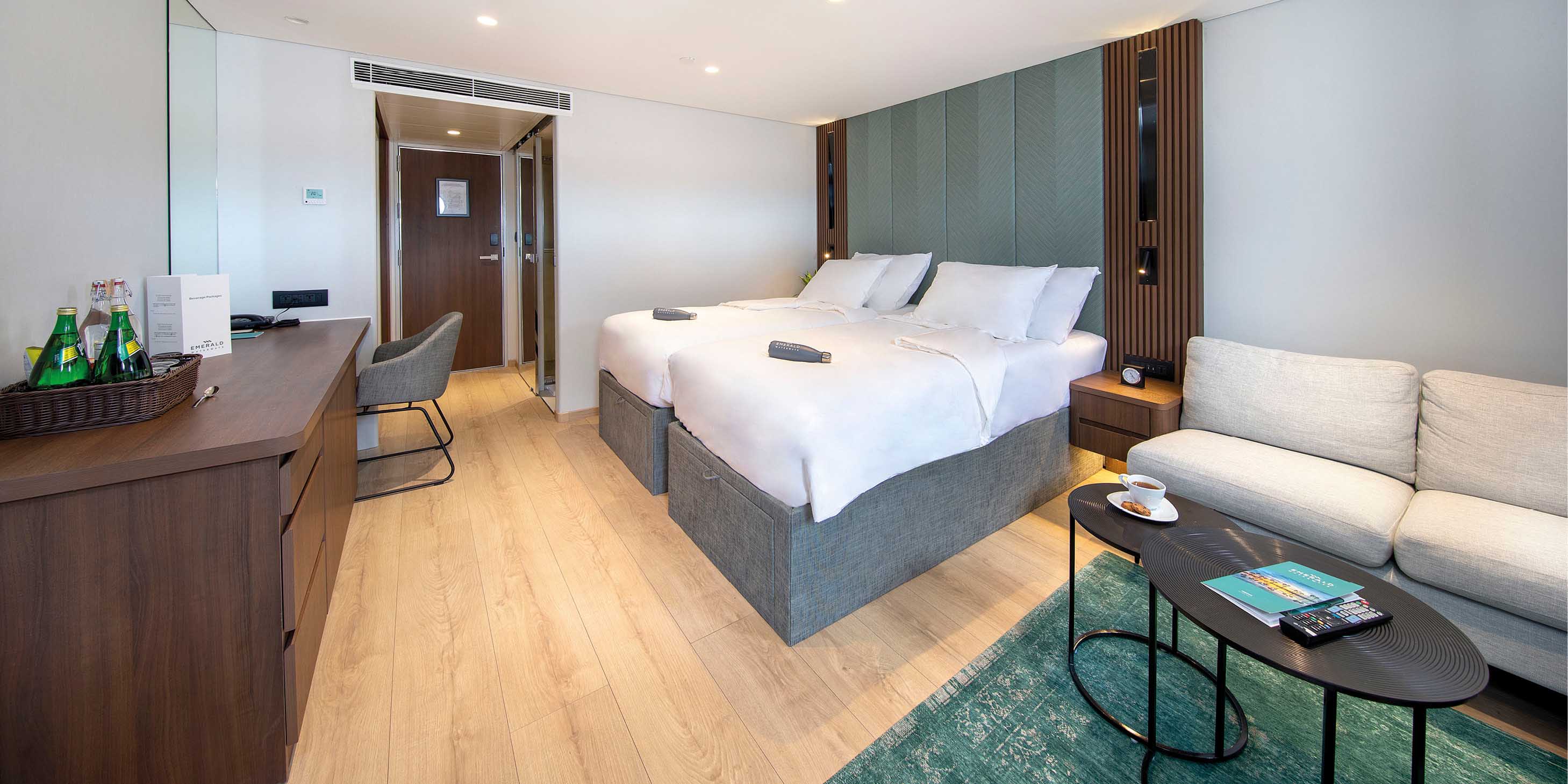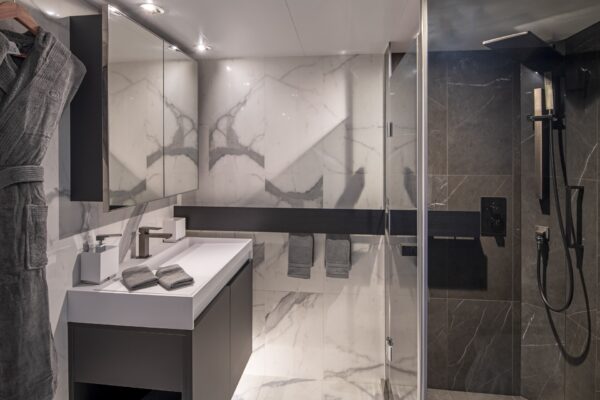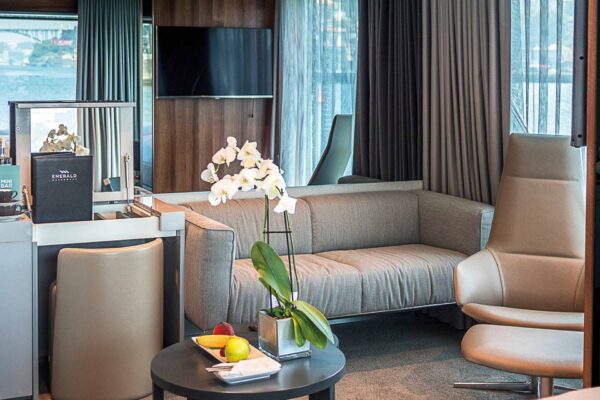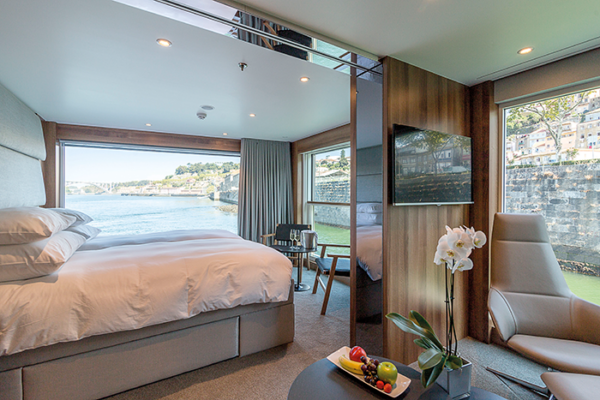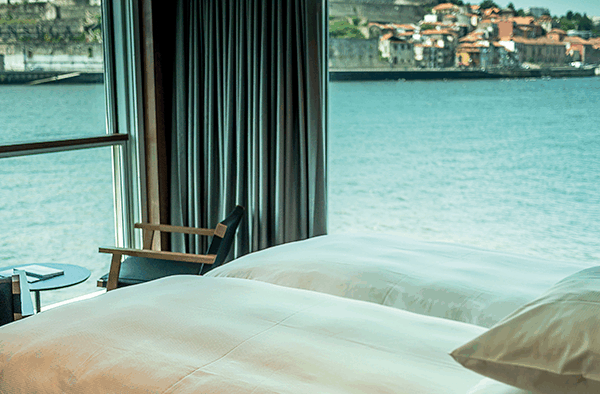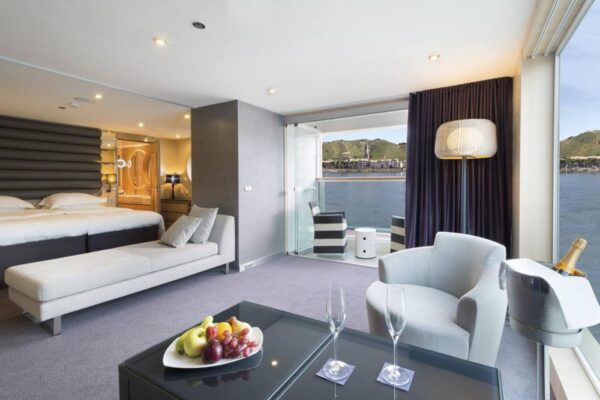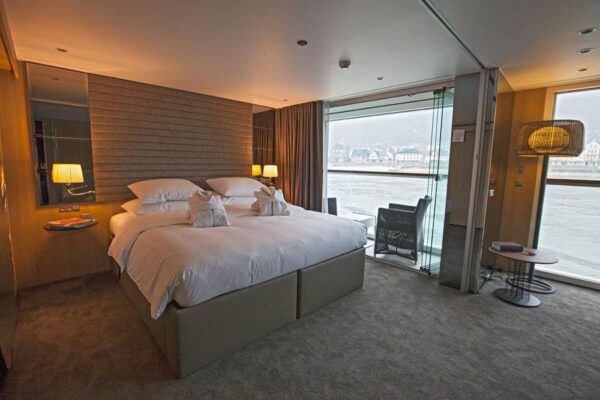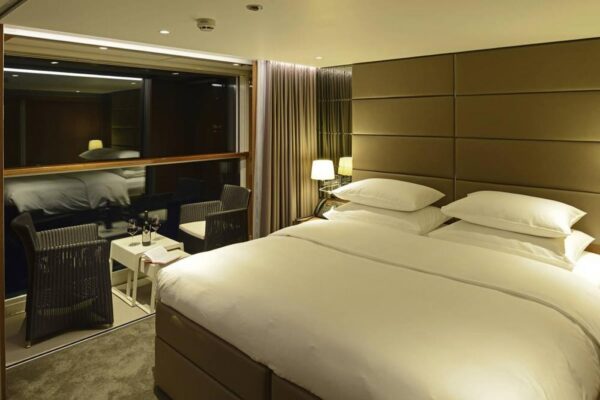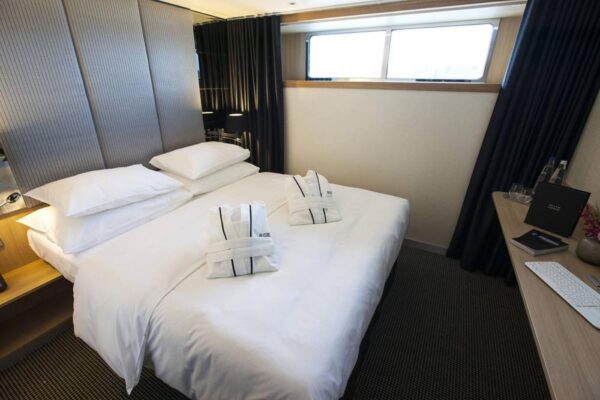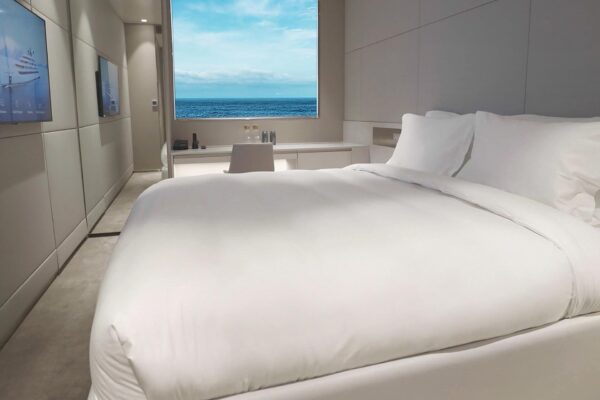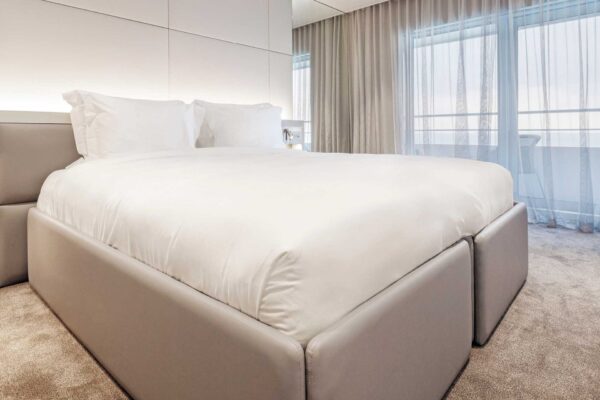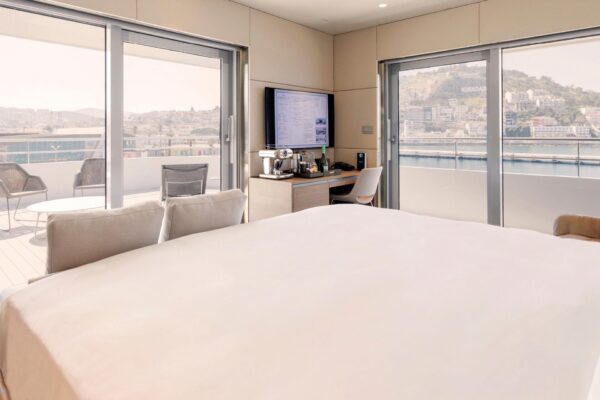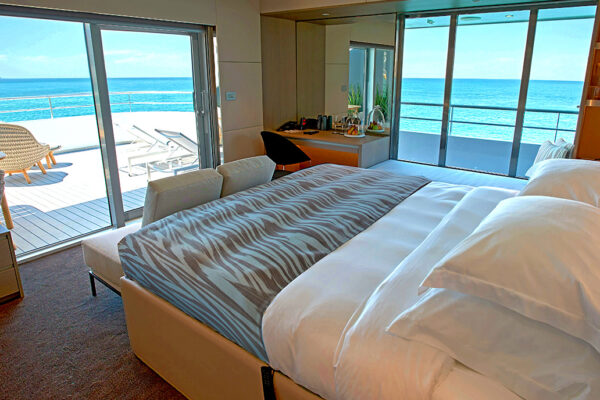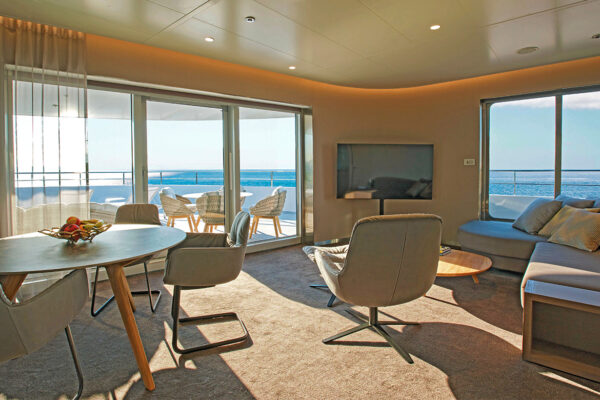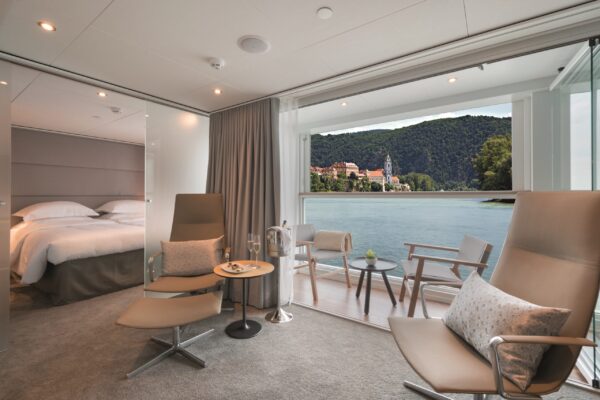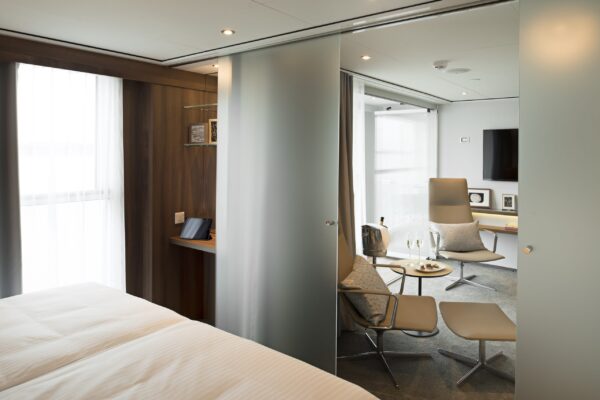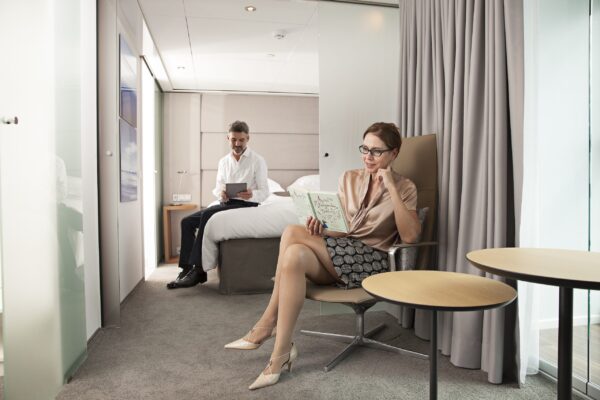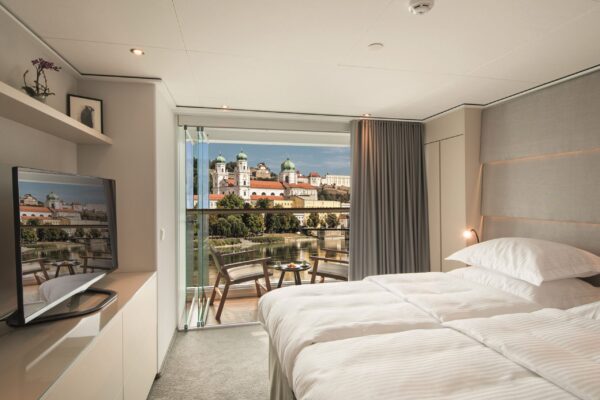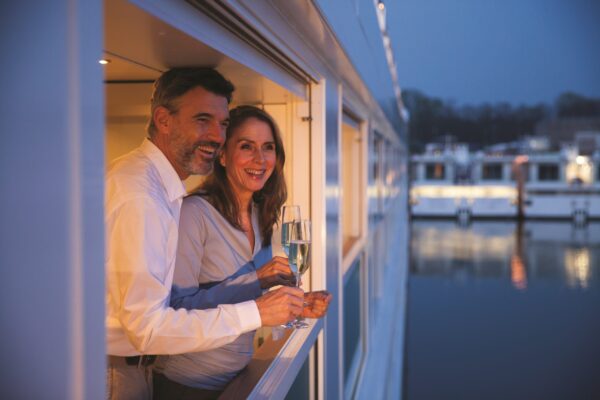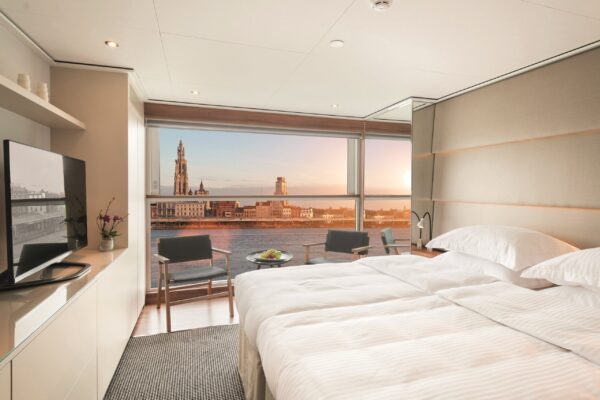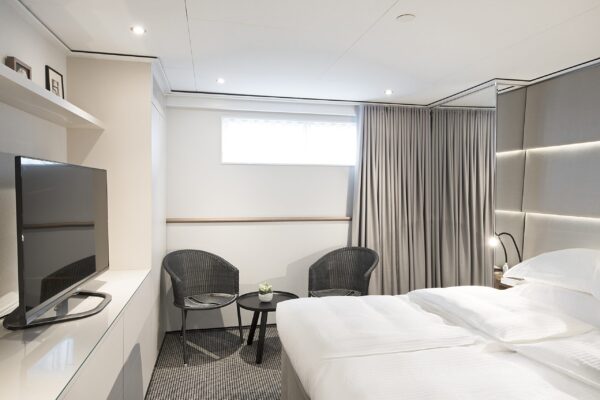History of the Kingdom of Denmark
The Kingdom of Denmark is one of the oldest continuous monarchies in the world, with roots stretching back over a thousand years. Situated at the crossroads of Scandinavia and continental Europe, Denmark has been a central figure in European history, shaping the politics, trade, and culture of the North. From its Viking beginnings to its modern status as a prosperous constitutional monarchy, Denmark’s story is one of maritime power, innovation, and social progress.
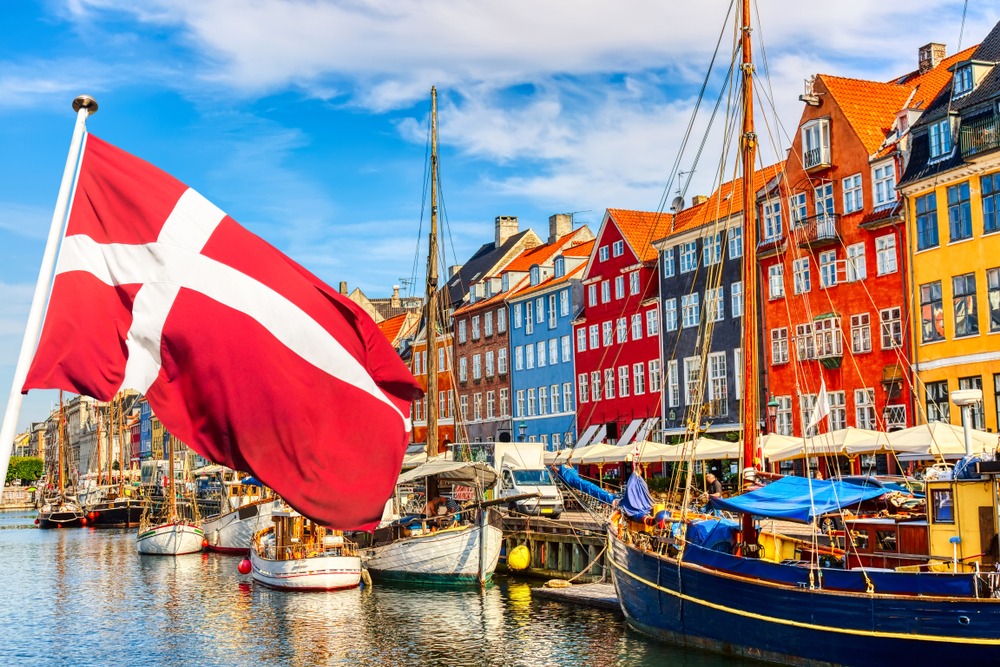
Viking Origins and Early Kingdom
Denmark’s earliest known history begins with the Viking Age, around the late 8th century. Danish Vikings were skilled seafarers and traders who established settlements and trading routes across Europe, from England to Constantinople. The unification of Denmark is traditionally attributed to King Gorm the Old and his son, King Harald Bluetooth, in the 10th century. Harald Bluetooth, whose name inspired modern Bluetooth technology, famously converted the Danes to Christianity and erected the Jelling Stones — monumental runestones that still stand today as national symbols.
Medieval and Renaissance Denmark
Throughout the Middle Ages, Denmark was a dominant regional power. Under Queen Margaret I in the late 14th century, Denmark formed the Kalmar Union, uniting the crowns of Denmark, Norway, and Sweden. Though Sweden later broke away, Denmark remained influential, ruling over Norway, Iceland, and Greenland for centuries. The period also saw the construction of magnificent castles and the flourishing of art and architecture inspired by the Renaissance.
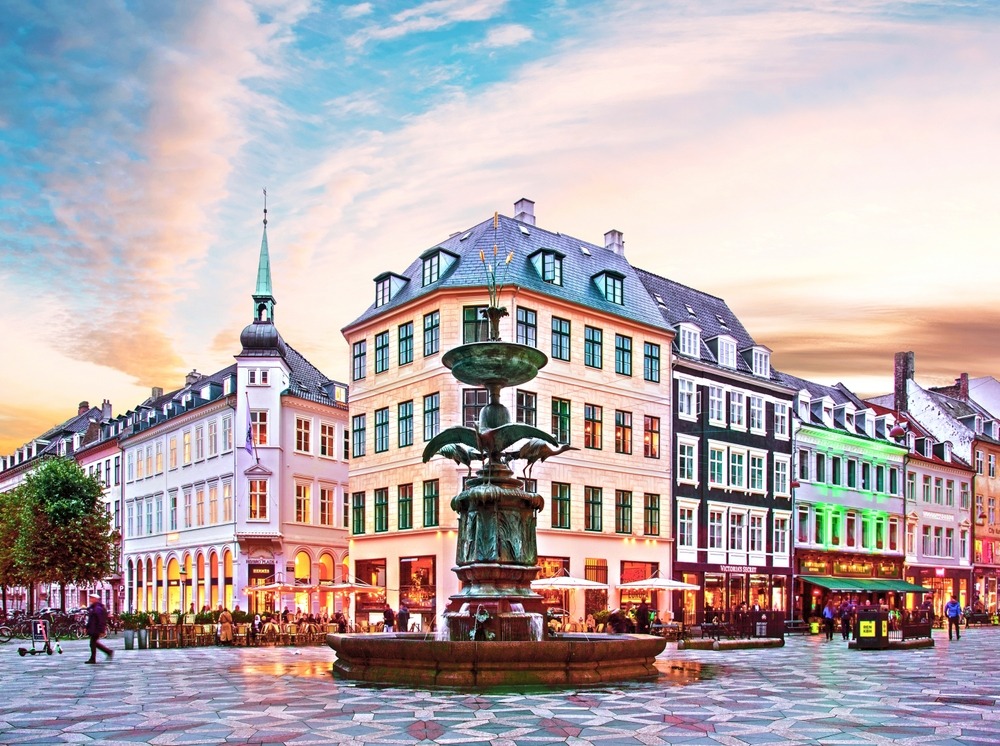
From Absolute Monarchy to Modern Nation
The 17th and 18th centuries were marked by wars with Sweden and the loss of territory, including parts of southern Scandinavia. However, Denmark continued to evolve politically and culturally. In 1660, the country became an absolute monarchy, but by 1849 it had adopted a constitution, transforming into a constitutional monarchy. This pivotal moment established democratic principles that remain central to Denmark’s political system today.
Denmark in the Modern Era
In the 19th and 20th centuries, Denmark faced significant challenges, including the loss of Schleswig and Holstein to Prussia in 1864 and the German occupation during World War II. Despite these hardships, Denmark rebuilt itself into a model of stability and progress. The post-war years ushered in economic prosperity, social welfare reforms, and a global reputation for design, education, and environmental sustainability. Today, Denmark is known for its high quality of life, innovation, and commitment to renewable energy and equality.
Top 25 Attractions in Copenhagen and the Surrounding Area
1. The Little Mermaid
Inspired by Hans Christian Andersen’s beloved fairy tale, this iconic bronze statue is one of Copenhagen’s most famous landmarks. Perched by the harbor since 1913, she symbolizes the city’s literary and maritime heritage.
2. Nyhavn
Once a bustling 17th-century port, Nyhavn’s colorful buildings, restaurants, and canal tours make it the heart of Copenhagen’s waterfront charm. It’s a perfect place to stroll, dine, or take a scenic boat ride.
3. Tivoli Gardens
Opened in 1843, Tivoli Gardens is one of the world’s oldest amusement parks. Its blend of gardens, rides, theaters, and seasonal festivals captures the spirit of Danish leisure and creativity.
4. Rosenborg Castle
This Renaissance castle, built by King Christian IV in the early 17th century, houses Denmark’s crown jewels and royal regalia amid lush gardens and historic interiors.
5. Amalienborg Palace
The official residence of the Danish royal family, Amalienborg consists of four identical Rococo-style palaces surrounding a grand square. Visitors can witness the daily changing of the Royal Guard.
6. Christiansborg Palace
Located on Slotsholmen Island, this impressive palace houses the Danish Parliament, Supreme Court, and Prime Minister’s Office. It’s the only building in the world to contain all three branches of government under one roof.
7. National Museum of Denmark
The National Museum offers an expansive journey through Danish history, from Viking artifacts and medieval relics to exhibits on modern life and design.
8. Round Tower (Rundetårn)
Built in the 17th century as an astronomical observatory, the Round Tower offers panoramic views of the city and an iconic spiral walkway instead of stairs.
9. Copenhagen Cathedral (Church of Our Lady)
Denmark’s national cathedral is known for its neoclassical design and statues by renowned sculptor Bertel Thorvaldsen. It remains a site of royal ceremonies and worship.
10. Strøget
One of Europe’s longest pedestrian streets, Strøget is filled with shops, cafes, and performers. It connects City Hall Square to Kongens Nytorv, making it the hub of urban life.
11. Frederiks Church (The Marble Church)
With its grand copper dome, the Marble Church stands as one of the most beautiful examples of baroque architecture in Denmark, located near Amalienborg Palace.
12. National Gallery of Denmark (SMK)
This leading art museum features Danish and European masterpieces from the Renaissance to modern times, including works by Munch, Rubens, and Hammershøi.
13. The Royal Danish Opera House
One of the most modern opera houses in the world, this architectural marvel faces Amalienborg across the harbor and offers world-class performances in music and theater.
14. Kastellet (The Citadel)
This 17th-century star-shaped fortress remains one of the best-preserved military structures in Europe, surrounded by peaceful parks and walking paths.
15. Ny Carlsberg Glyptotek
Founded by brewer Carl Jacobsen, this museum houses ancient sculptures, French Impressionist paintings, and Danish Golden Age art within a beautiful winter garden setting.
16. Freetown Christiania
Located in the Christianshavn district, this self-proclaimed autonomous neighborhood is known for its colorful murals, creative culture, and alternative lifestyle.
17. Copenhagen Zoo
Established in 1859, the zoo is one of Europe’s oldest, featuring over 4,000 animals and a striking wooden elephant house designed by architect Norman Foster.
18. The Blue Planet (Den Blå Planet)
Northern Europe’s largest aquarium, The Blue Planet is an architectural gem filled with exhibits on marine ecosystems from across the globe.
19. Carlsberg Brewery Visitor Center
Beer enthusiasts can explore the historic Carlsberg Brewery, learn about its founder J.C. Jacobsen, and enjoy tastings in one of Denmark’s most famous brands’ birthplace.
20. Botanical Garden
Located near the National Gallery, the Copenhagen Botanical Garden features more than 13,000 plant species and beautiful glass greenhouses from the 19th century.
21. Assistens Cemetery
More than a resting place, this peaceful green park is the burial site of Hans Christian Andersen and Søren Kierkegaard, making it both serene and culturally significant.
22. Designmuseum Danmark
This museum celebrates Danish design, showcasing furniture, ceramics, textiles, and the minimalist aesthetic that has influenced global style.
23. Operaen Island and Harborfront
The revitalized harbor area features walkways, restaurants, and public swimming zones that reflect Copenhagen’s modern commitment to clean urban living.
24. Amager Beach Park
A scenic urban beach with a mix of sand dunes, boardwalks, and sea views. It’s ideal for swimming, cycling, or simply relaxing by the Øresund coast.
25. The Øresund Bridge
This engineering marvel connects Denmark and Sweden, symbolizing the unity and innovation of the region. Visitors can cross by car or train for breathtaking sea views.
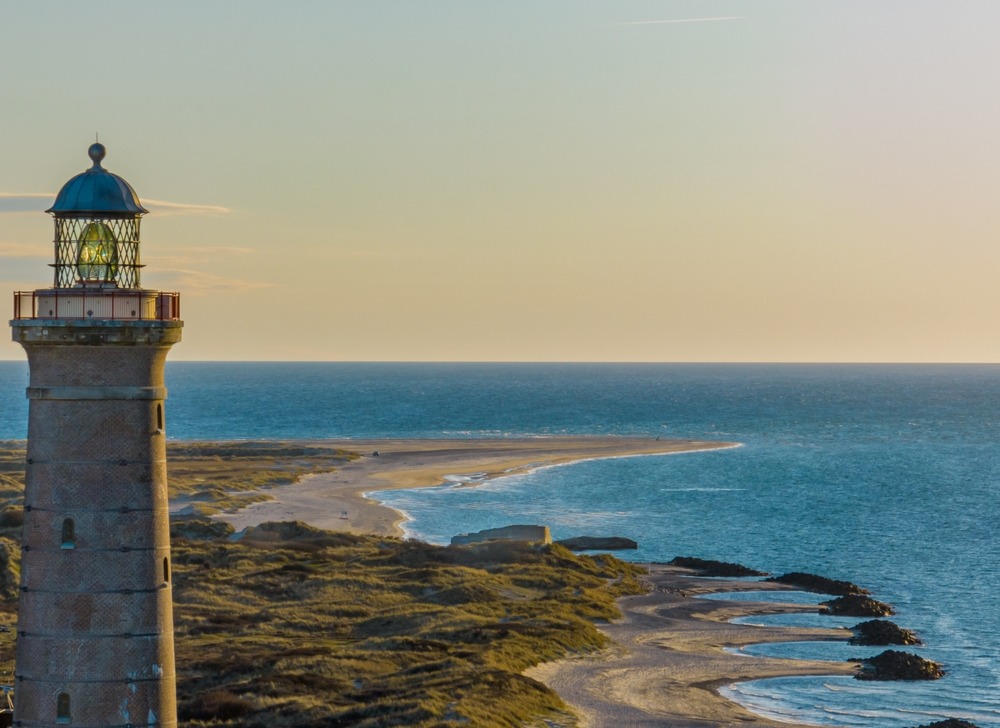
Conclusion
The Kingdom of Denmark is a nation where history, culture, and modern innovation blend seamlessly. From Viking fortresses to royal palaces and sustainable urban living, Denmark’s story is one of continuity and reinvention. Visitors to Copenhagen and beyond can experience a nation that cherishes its past while constantly looking to the future — a place where freedom, creativity, and hygge (the Danish art of comfort) are woven into everyday life.



